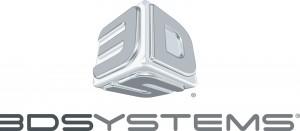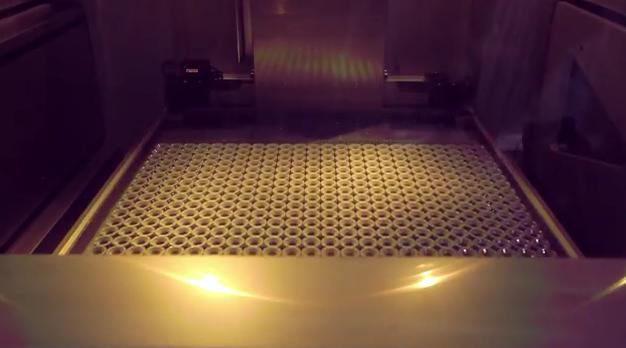3D Systems Just Broke the Speed Barrier, Surpassing Traditional Injection Molding Manufacturing Techniques
You would have to be living under a rock if you haven’t heard about 3D printing and additive manufacturing yet. The media has been all over the up and coming technology, while businesses, individuals, and even music groups  who want attention, just have to find a way to mention or utilize the technology in some way or another. Despite all the attention, and all the predictions of a changed world as a result of this technology, there are still many skeptics.
who want attention, just have to find a way to mention or utilize the technology in some way or another. Despite all the attention, and all the predictions of a changed world as a result of this technology, there are still many skeptics.
For every researcher, scientist, or person working in the additive manufacturing field, who says that its the future of manufacturing, there is at least one individual to counter their claim. “3D printing is not fast enough.” “It will never be used for mass production.” “Injection molding will never be replaced by additive manufacturing on a mass scale.”
These are all opinions I have personally heard uttered from the mouths of some very educated, respected individuals. Although, at the time I may have wanted to jump in and call them out on their ignorance, I respected their opinions and instead decided to sit back and wait a few years as the technology progressed enough to prove them wrong.
Here we are, not even halfway through 2014, and 3D Systems may have already delivered a near knockout blow to the 3D printing skeptics out there. Today the company, who invented much of the technology behind 3D printing, announced a major breakthrough. For the first time ever, they have shown that their fab-grade 3D printers have matched and exceeded the productivity and speed of traditional injection molding, in creating functional parts.
“Our unwavering commitment to customer success through innovation has literally broken the mold this time – challenging the myth that 3D printing can’t match the productivity of injection molding,” said Cathy Lewis, 3DS’ CMO. “This is just the beginning. We are working on additional applications that defy traditional manufacturing constraints, allowing our customers to go from idea to product in hours, instead of months – to truly manufacture the future.”
What’s even more amazing is that we are only at the starting gate in the development of high speed, extremely productive machines, capable of mass producing both indistinguishable, as well as customized parts. In fact, 3D systems also pointed out that we are in the midst of a Moore’s law-like exponential progression when it comes to the speed of these printers. On average, over the last ten years, the capabilities of 3D printers have doubled every 18 months, according to the company.
3D Systems gave an example of their success. Recently they printed out 2,400 tiny lamp shades on one of their stereolithographic printers. It took a total of 20 hours to print. This equates to approximately 30 seconds per part. All the while, there was no need for tooling or lengthy supply chains.
Clearly we have just entered a realm in which additive manufacturing has proven to be just as, if not more effective than traditional injection molding techniques for many mass manufacturing cases. The next several years, or perhaps sooner, should prove that injection molding is not the path to future manufacturing, but 3D printing is. Let us know your opinions on this announcement in the ‘3D printing breakthrough‘ forum thread at 3DPB.com. Check out the video just released by the company, discussing this impressive breakthrough in additive manufacturing.
Subscribe to Our Email Newsletter
Stay up-to-date on all the latest news from the 3D printing industry and receive information and offers from third party vendors.
You May Also Like
Gorilla Sports GE’s First 3D Printed Titanium Cast
How do you help a gorilla with a broken arm? Sounds like the start of a bad joke a zookeeper might tell, but it’s an actual dilemma recently faced by...
Nylon 3D Printed Parts Made More Functional with Coatings & Colors
Parts 3D printed from polyamide (PA, Nylon) 12 using powder bed fusion (PBF) are a mainstay in the additive manufacturing (AM) industry. While post-finishing processes have improved the porosity of...
$25M to Back Sintavia’s Largest Expansion of Metal 3D Printing Capacity Since 2019
Sintavia, the digital manufacturing company specializing in mission-critical parts for strategic sectors, announced a $25 million investment to increase its production capacity, the largest expansion to its operations since 2019....
Velo3D Initiates Public Offering in a Bid to Strengthen Financial Foundations and Drive Future Growth
Velo3D (NYSE: VLD) has been among a number of publicly traded 3D printing firms that have attempted to weather the current macroeconomic climate. After posting a challenging financial report for 2023,...

































